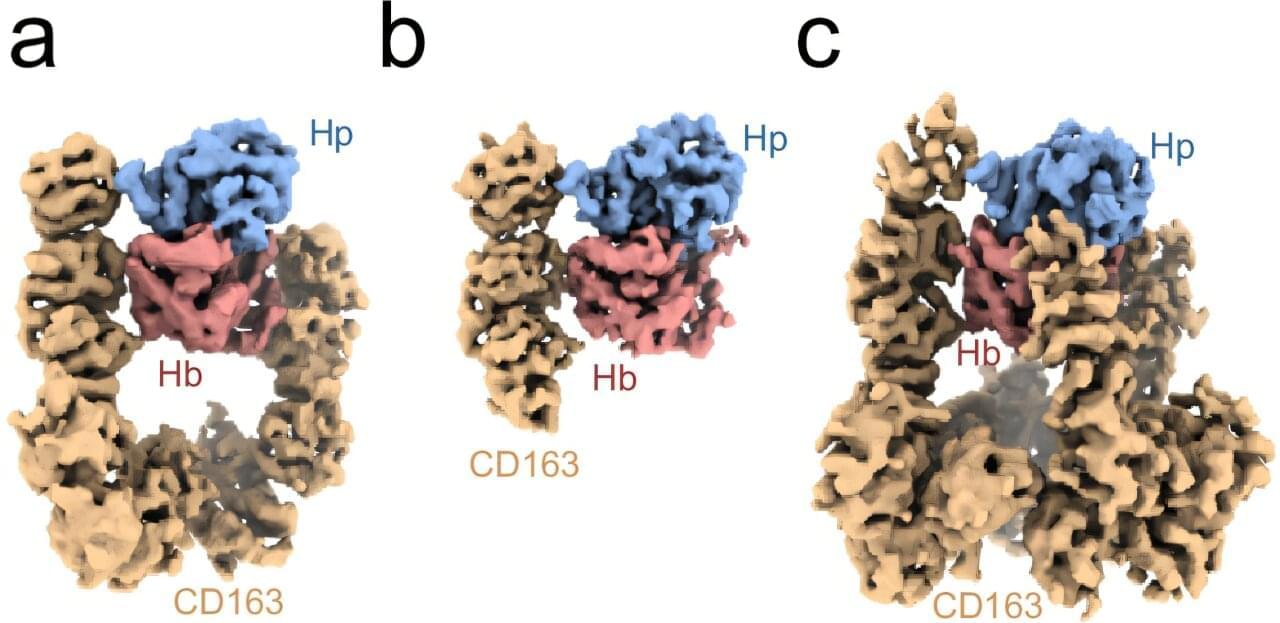CD163 might not be the most exciting name in the world, but behind it lies one of the body’s most important defense receptors, which steps in when red blood cells break down and release harmful hemoglobin. Now, researchers at Aarhus University are the first in the world to have mapped how CD163 functions. The findings are published in the journal Nature Communications.
When infections such as malaria take hold in the body, red blood cells can be severely affected and risk breaking down. When that happens, hemoglobin is released into the bloodstream, potentially causing oxidative damage.
The damage occurs because cells are exposed to reactive oxygen molecules, which form in the bloodstream when oxygen comes into contact with free hemoglobin. If the body is exposed to excessive oxidative damage, it can cause blood vessel damage, kidney failure, inflammation, blood clots and cell death in vital organs.
